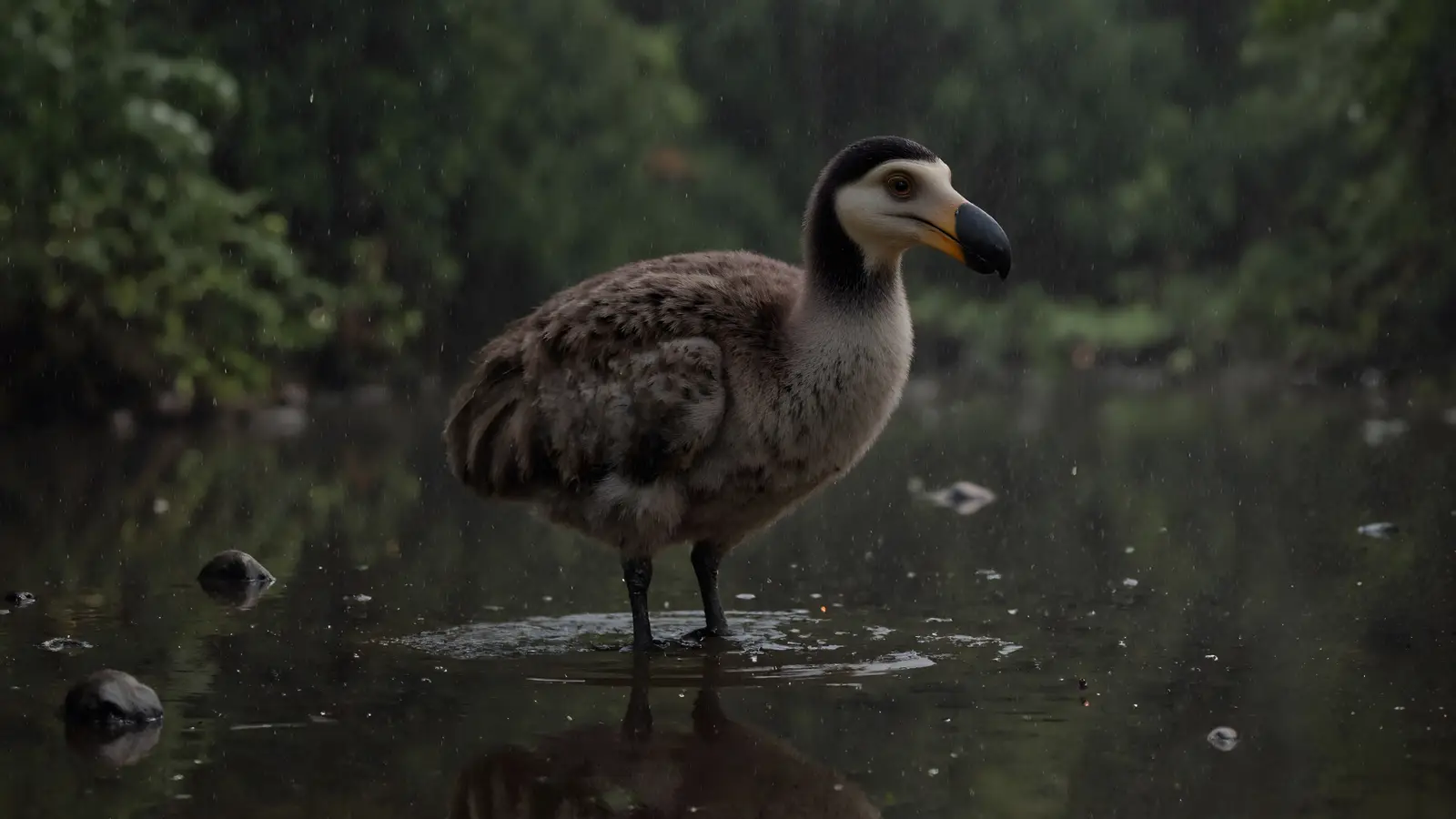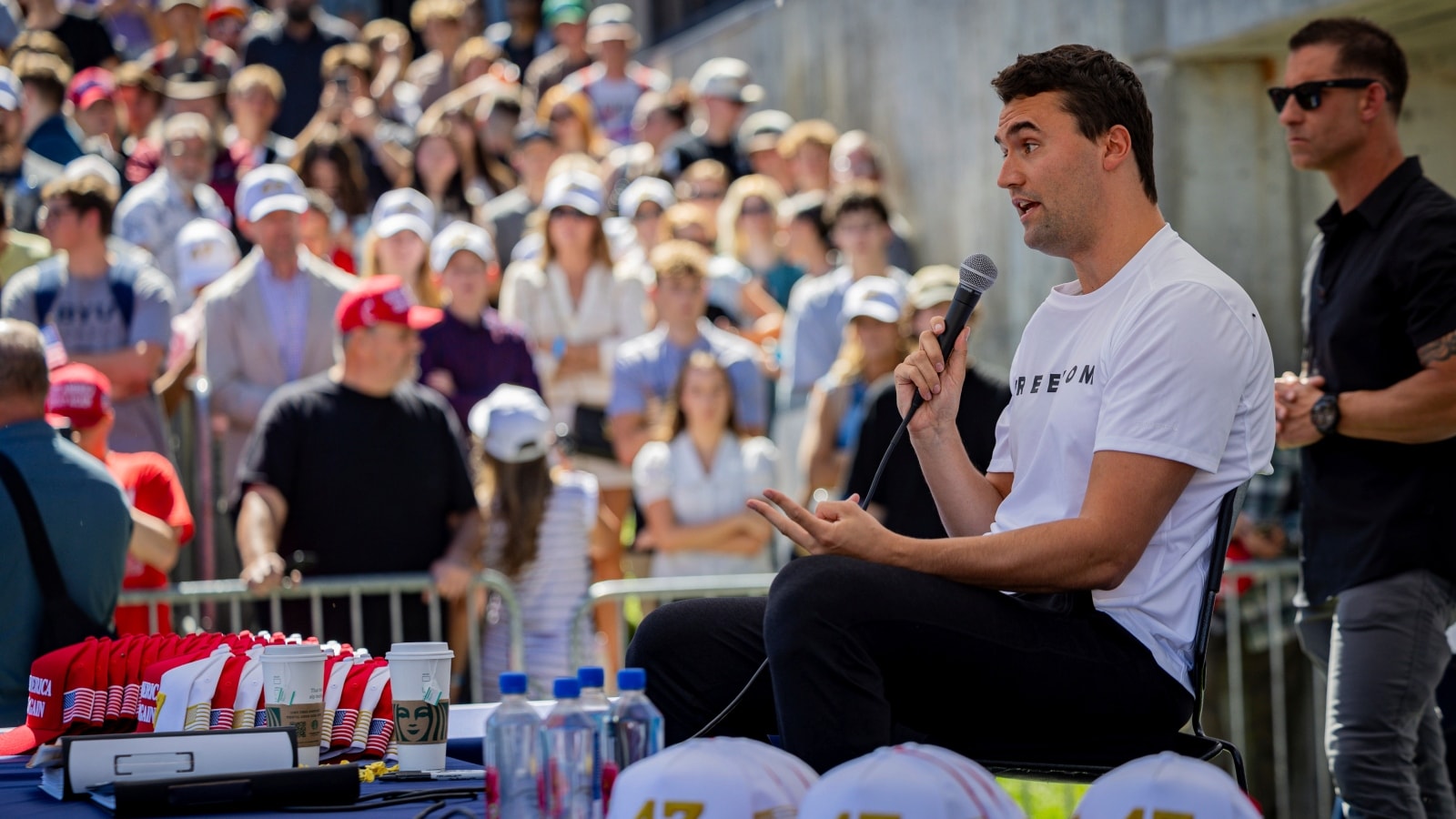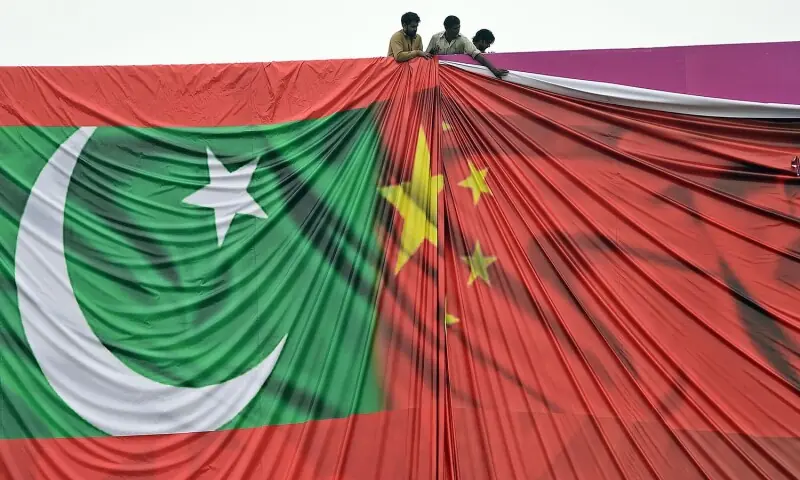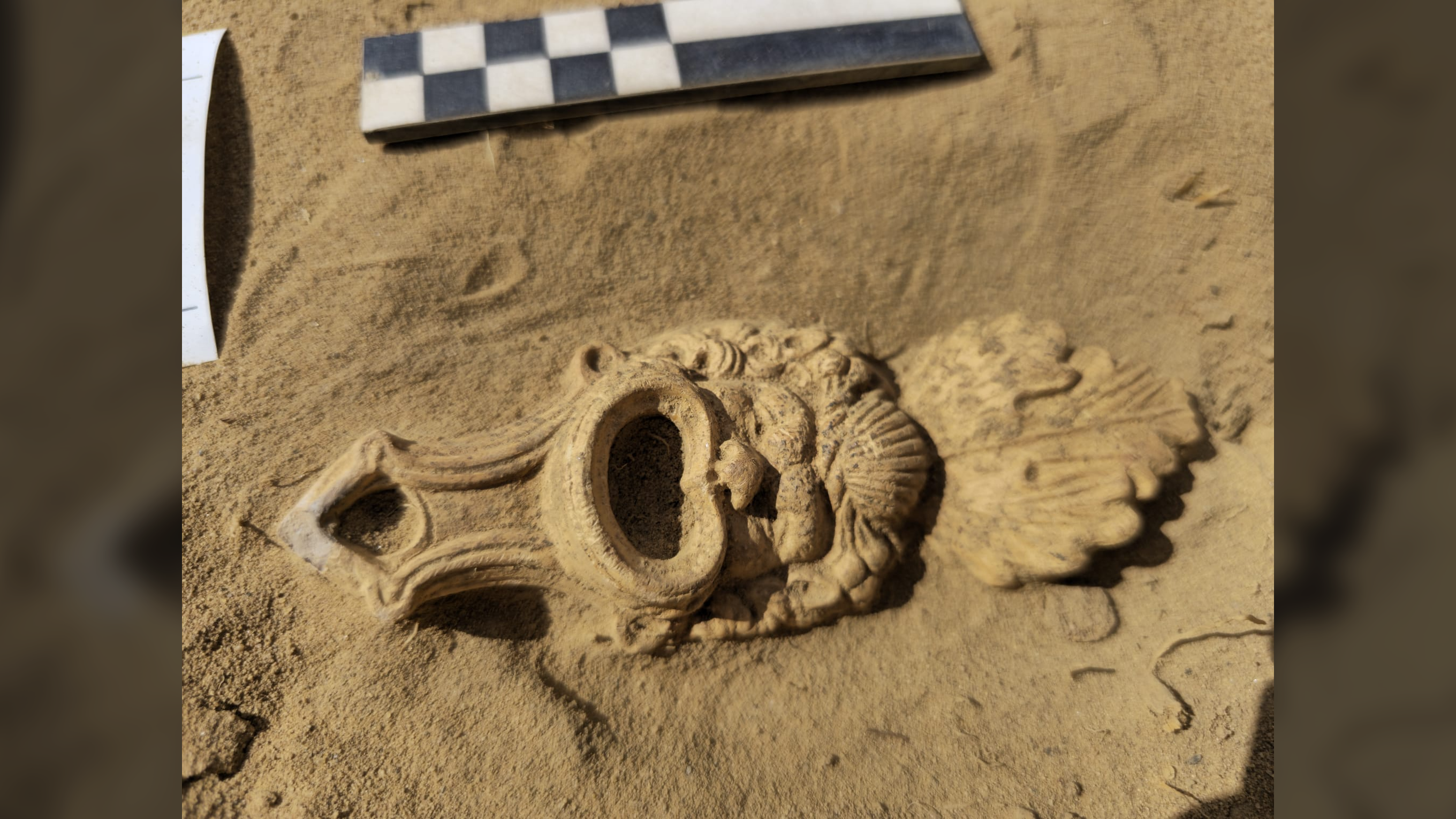
Colossal Biosciences has just announced a world first breakthrough in avian genetics and secured $120 million in new funding to accelerate its dodo de-extinction project. To understand what this means for the science, the company, and the bird itself, Screen Rant spoke exclusively with Colossal CEO Ben Lamm and Chief Science Officer Beth Shapiro.
For centuries, the dodo has stood as the ultimate symbol of extinction, a bird wiped from the planet by human hands, remembered only through caricatures and history books. Now, Colossal Biosciences, the de-extinction company that now sees its valuation at $10.3 billion, is closer than ever to undoing that loss.
“As the world’s only de-extinction company it’s fitting Colossal is focused on bringing the dodo, the symbol of human caused extinction, back as one of our key flagship projects,” CEO Ben Lamm told me. “The joy we will bring to so many with its return will be nothing short of amazing and probably highly emotional.”
In this story, I explore Colossal’s latest scientific breakthroughs, the company’s $120 million funding expansion, and its long-term plan to rewild the dodo to Mauritius island. Alongside my exclusive interviews with CEO Ben Lamm and Chief Science Officer Beth Shapiro, this article also features Colossal’s dodo concept renderings and new photos from inside their avian research program.
Colossal’s Breakthrough in Pigeon Germ Cells for Dodo Revival
That emotion is now paired with a concrete scientific milestone. Colossal’s avian team, who I met while touring their new labs a few weeks ago, has announced the world’s first successful culturing of pigeon primordial germ cells (PGCs), a breakthrough that removes what Chief Science Officer Beth Shapiro calls “a biological barrier to dodo de-extinction.”
“For 20 years, scientists could only culture germ cells from chickens and geese, which severely limited avian genetic engineering. We’ve now cracked the code for pigeons – the dodo’s closest living relatives – opening the door to the technical achievement of dodo de-extinction.”
This achievement means scientists can now edit and grow pigeon cells, a key step toward turning Nicobar pigeons, the dodo’s closest living relatives, into surrogates for bringing back the long-lost bird.
With the genetic foundation in place, Shapiro tells me her team is most confident about restoring the dodo’s iconic look.
“We’re most confident about the dodo’s distinctive physical characteristics — the large, curved beak, robust body structure, and flightlessness. Our genomic analysis has identified the key genetic differences responsible for these traits, and our developmental biology research shows which genes control beak formation and bone development.”
Colossal Secures $120M to Accelerate Dodo De-Extinction
The science is only one side of the story. Colossal also announced an additional $120 million in funding, bringing its total to more than $555 million raised since its 2021 launch. Investors now value the company at $10.3 billion, and Lamm believes that this trust comes down to results.
Preparing Mauritius for the Return of the Dodo
Colossal’s ambitions do not stop at the lab. The ultimate goal is rewilding Mauritius, the island where dodos last lived nearly 300 years ago. That requires community partnership, which is why the company established the Mauritius Dodo Advisory Committee.
“These have been incredibly effective at restoring critical ecosystem functions. The tortoises now disperse seeds for endangered ebony trees and have helped regenerate forests that had been logged to near-extinction. If they can successfully rewild giant tortoises that had been extinct for nearly 200 years, we’re confident that our partnership can successfully reintroduce dodos with proper planning and community support.”
What the Dodo’s Return Means for Ecosystems and When to Expect It
For Shapiro, the dodo is more than a symbol. It is an ecological player that could help rebalance Mauritius’ forests.
“Dodos were ecosystem engineers — large seed dispersers that maintained forest diversity,” she explained. “Many Mauritian plants likely co-evolved with dodos and may need them to thrive again. Restoring this function could trigger forest regeneration across the island, similar to how wolves transformed Yellowstone’s entire landscape.”
The biggest question remains: when might the first dodo hatch? I asked Shapiro who was cautious but optimistic.
“We’re thinking 5–7 years for the first hatch, but we’re prioritizing getting the science right over speed,” she told Screen Rant. “We want to ensure that we create healthy, thriving birds that can successfully restore Mauritius’s ecosystems.
…bringing back the dodo will help undo the sins of the past…
For Lamm, the return of the dodo represents something larger than science or business. “As the symbol of human caused extinction, bringing back the dodo will help undo the sins of the past and be a token of hope for conservation,” he said.



